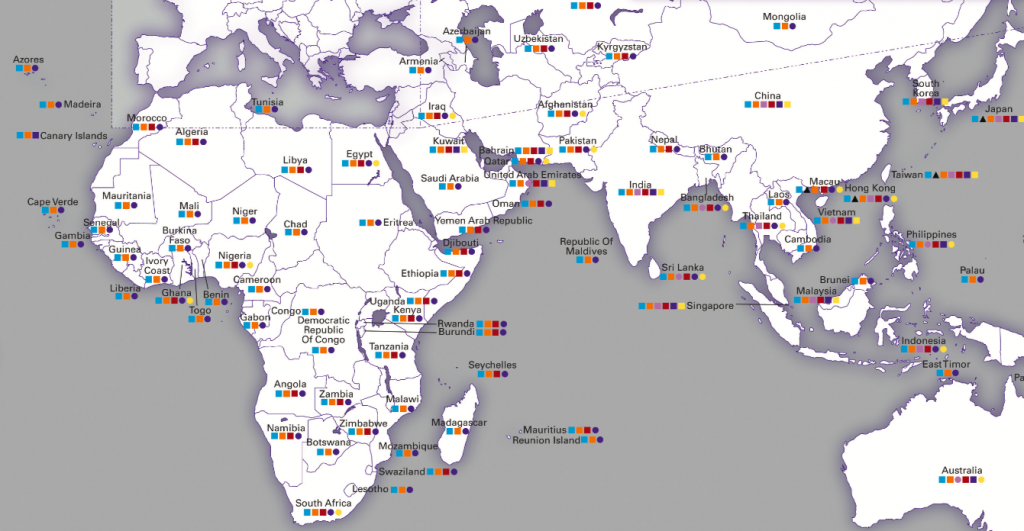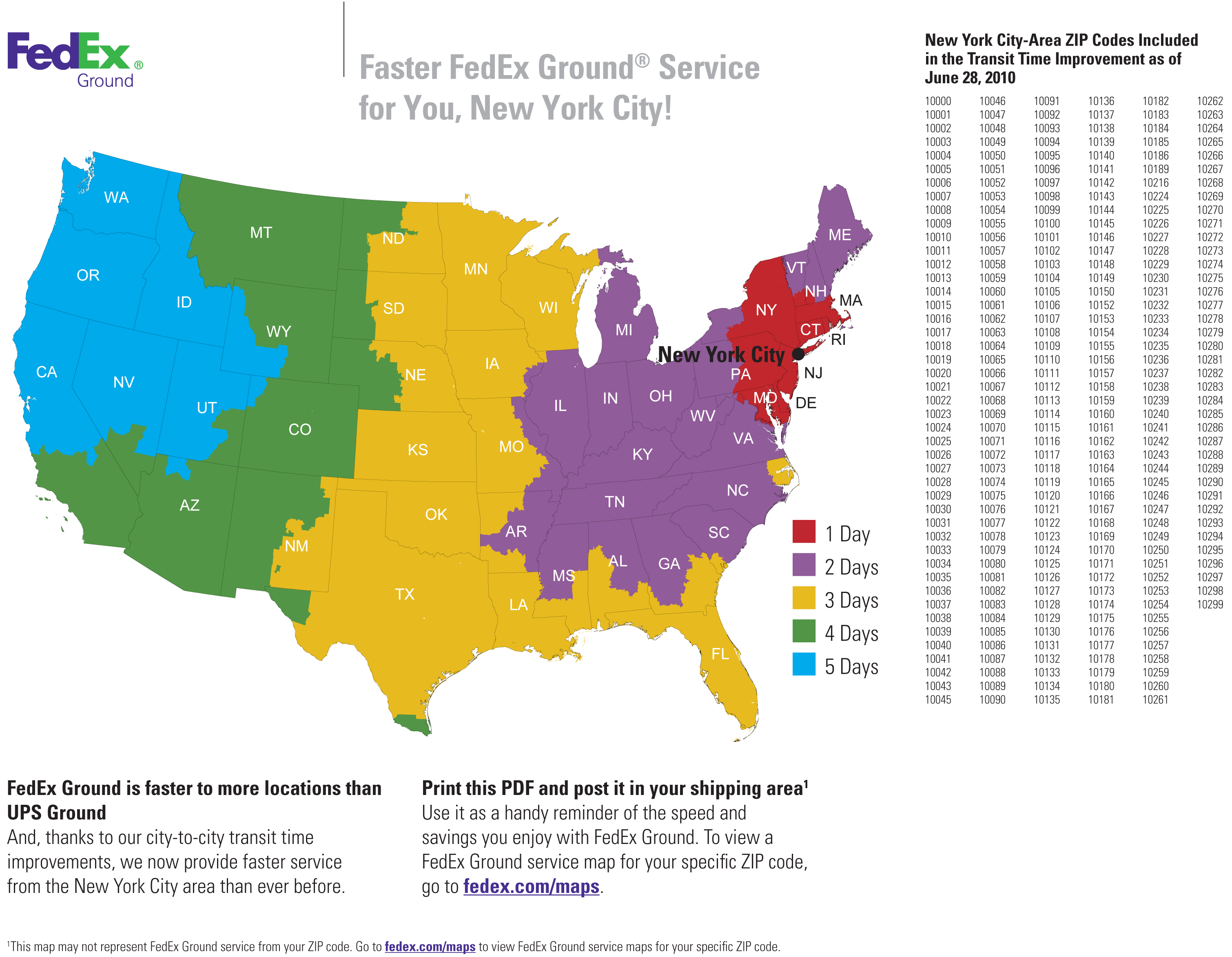
It was around this time last year that FedEx rocked the parcel world with the uniform reduction of their dimensional divisors from 166 to 139, which UPS then matched for all their shipments (with the exception of Ground under 1 cubic foot). Residential surcharges for Express shipments also show a disproportionate spike.Īs we await UPS’s rate announcement, it should be noted that FedEx has moved quickly to wipe out any price advantages it had over its main competitor in 2017-introducing a new third-party fee, reducing its length threshold for Additional Handling from 60 to 48 inches, reducing its Oversize Fee Length threshold from 108 to 96 inches, and introducing the 90lb billed weight requirement for Oversize packages, similar to UPS’s Large Package Fee policies. Dovetailing with the strategy of the new peak-season fees of both carriers, some of the highest increases come for Additional Handling and Oversize Fees, as both carriers continue to punish and disincentivize shippers of heavier and bulkier freight. You can see some of the more commonly incurred fees below. The results vary by service, but the general pattern is that the higher zones (5-8) are seeing the higher increases.Īlong with tariff increases, FedEx has also increased most of their accessorial fees.

The next table further breaks down the average increase for 0-20lbs shipments per service across the 8 continental US zones. You can see for lighter weight shipments FedEx 2 Day takes the most dramatic hit. The below table shows the average increase for each Domestic Air service from letters up to 20lbs. The rate increases are highly varied on Air services, with certain targeted services showing more significant increases. It should be noted, too, that shippers who have the benefit of a minimum net charge reduction will take an even greater proportional hit to their spend increase. Through 2017, UPS has maintained a higher Ground minimum of $7.32, so time will tell whether they will match FedEx’s 2018 minimum rate when they make their rate announcement. The FedEx Ground Minimum increases from $7.25 in 2017 to $7.58 in 2018, an increase of 4.6%.

For Ground and Home Delivery, we can see in the below table that FedEx is using lower increases at the higher weight ranges, less common among shippers, to balance out rate increases up to 5.69% in the low and mid-level weight ranges. Compared to 2017, when FedEx raised Ground and Home Delivery by 4.9% but Domestic and Int’l Air by 3.9%, 2018 represents a heftier increase.Īs seasoned shippers and GRI veterans, you should know that a 4.9% stated increase will often mean higher rate increases in certain areas, as both carriers selectively apply higher percentages to targeted weights, zones, and services. The 4.9% stated increase applies across the board to all their tariffs, from Domestic Air to Ground to International shipments.

FedEx is giving its shippers the benefit of a few extra months to budget for their cost increases in 2018, pre-empting the roll-out with an early announcement of their general rate increase, effective January 1 st, 2018.


 0 kommentar(er)
0 kommentar(er)
